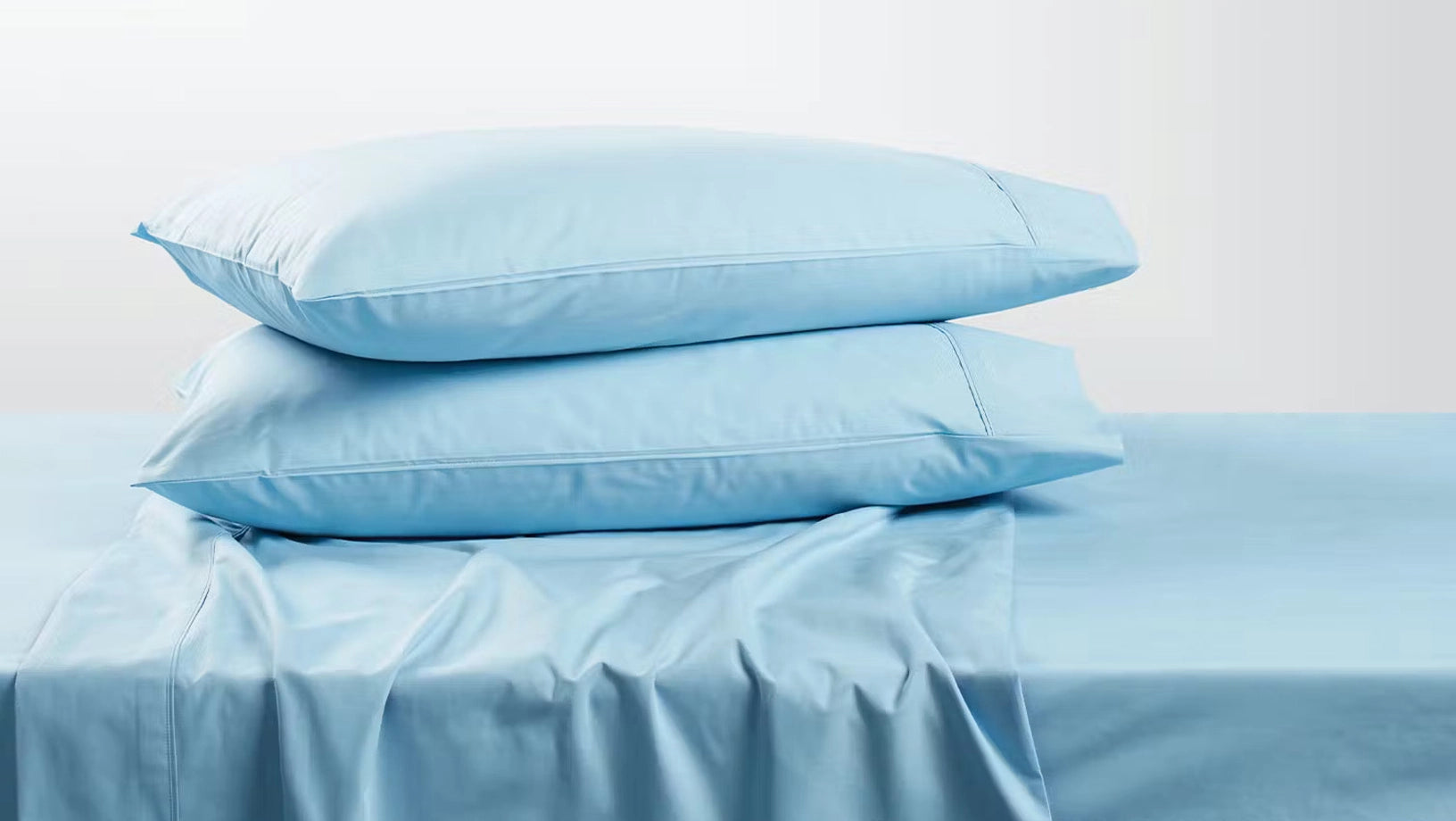When it comes to choosing bedding, the myriad of options can easily overwhelm even the most mindful consumer. Among the plethora of choices, 50% cotton and 50% polyester sheets have carved out a niche of their own, garnering attention for their intriguing blend of properties. Are they worth it? Let’s delve into the intricate world of these hybrid sheets to uncover their potential merits and drawbacks.
First, let’s dissect what this cotton-polyester blend truly entails. Cotton, a natural fiber, is renowned for its breathability and softness. On the other hand, polyester, a synthetic fabric, offers durability and resistance to wrinkling. By merging these two materials, manufacturers aim to create a fabric that leverages the strengths of both, resulting in a sheet that promises comfort, longevity, and an easy-care lifestyle.
One of the most alluring features of 50% cotton and 50% polyester sheets is their incredible affordability. Compared to 100% cotton sheets, which can command a premium price, the hybrid sheets often come at a lower cost. Budget-conscious consumers may find this particularly appealing, especially for families or those just starting to furnish a new home.
The durability of these sheets deserves a mention too. Polyester is well-known for its resilience, able to withstand wear and tear better than many natural fibers. Sheets made from a cotton-polyester blend tend to retain their shape and color longer, even after numerous washes. This longevity can translate to savings in the long run; less frequent replacements mean more money in your pocket.
Next, consider the ease of care associated with this fabric combination. 50/50 sheets are often resistant to wrinkles, making them a suitable choice for those who detest the ironing board. Simply tossing them into the wash and dryer frequently results in a ready-to-use product without the fuss. This benefit is particularly appreciated by busy individuals who seek low-maintenance options in their bedding choices.
However, before deciding if these sheets are the right fit, it’s important to address the comfort factor. While many individuals report a satisfactory experience with cotton-polyester blends, others may be more discerning. The breathability of cotton does come into play here, meaning that on hotter nights, these sheets may not have the same cooling effect as their 100% cotton counterparts. For those prone to overheating during sleep, this could be a notable drawback.
A key component of any bedding decision is the feel of the material against the skin. Cotton sheets are often praised for their sumptuous softness, whereas polyester can feel slightly slick or even synthetic. The compromise of the hybrid material could lead to mixed feelings about the comfort level. It’s worth testing the fabric in-store or opting for brands that offer return policies, allowing for a personal trial period.
In terms of environmental impact, there’s a dichotomy to consider. Cotton, while a natural fiber, often involves significant water usage and agricultural practices that may not always prioritize sustainability. Polyester, being a synthetic material often derived from petroleum products, has its own ecological footprint. Some manufacturers are now producing recycled polyester, which may alleviate some environmental concerns. A growing awareness of eco-friendly textiles leads many consumers to seek certifications or labels indicating sustainable practices, so it’s worth investigating brands that prioritize this aspect.
The aesthetic appeal of bedding can also influence purchasing decisions. Cotton-polyester blends often come in a kaleidoscope of colors and patterns, making it easy to find options that suit various décor styles. Whether you’re drawn to bold hues, intricate prints, or muted tones, the choices are virtually endless. This assortment allows consumers to express their personality and style within their bedroom sanctuary.
Temperature regulation also plays a pivotal role in the overall experience with these sheets. As mentioned, while cotton excels in breathability and moisture-wicking capabilities, the synthetic fibers in polyester may not allow for the same regulation. Those residing in regions that endure extreme weather fluctuations may find it worthwhile to consider how each fabric component interacts with local climates, making seasonally appropriate choices for optimal comfort.
In conclusion, 50% cotton and 50% polyester sheets offer an admirable balance of benefits and drawbacks. They provide affordability and durability, entrusting them as a pragmatic choice for many. However, sensitivity to heat, tactile comfort, and ecological concerns remain paramount considerations when selecting bedding. Ultimately, your choice will hinge upon personal preferences—be it an affinity for natural fibers or a penchant for convenience. Whatever your ultimate decision may be, understanding the specific configurations and qualities of these hybrid sheets serves your quest for the perfect night’s sleep.
